In today’s automotive market, vehicle safety is a paramount concern for buyers. Organizations such as the National Highway Traffic Safety Administration (NHTSA) and the Insurance Institute for Highway Safety (IIHS) rigorously test vehicles to provide consumers with crash ratings that help guide safer choices.
Yet, despite these efforts, some vehicles with high sales volumes continue to have surprisingly poor rear crash ratings. This raises an important question: why do these cars sell so well despite known safety shortcomings?
Several factors contribute to this phenomenon. Popularity can stem from brand loyalty, aggressive marketing, or pricing that appeals to a wide audience.
Sometimes, vehicles offer standout features, comfort, or technology that overshadow safety concerns in the minds of buyers. Additionally, some consumers may be unaware of a car’s crash performance or assume all modern vehicles meet stringent safety standards equally.
Rear crash ratings are critical because rear-end collisions are among the most common types of accidents on the road.
Poor rear crash protection can result in severe injuries, especially to occupants in the back seats, due to insufficient structural integrity or ineffective head restraint systems.
When vehicles fail to meet high safety benchmarks in these scenarios, it becomes a significant concern for both owners and prospective buyers.
In this article, we’ll explore ten vehicles that, despite their impressive sales figures, have earned some of the worst rear crash ratings from safety authorities.
Understanding these vehicles’ safety limitations can empower consumers to make more informed decisions and encourage manufacturers to prioritize comprehensive safety in all aspects of vehicle design.
Also Read: 10 Cars With the Easiest Child Seat Anchor Access
1. Jeep Grand Cherokee
The Jeep Grand Cherokee remains one of the best-selling SUVs in the United States, favored for its rugged styling, off-road capability, and luxurious interior. However, despite its strong sales and popularity, it has struggled with poor rear crash ratings in recent years.
The National Highway Traffic Safety Administration (NHTSA) and Insurance Institute for Highway Safety (IIHS) have both flagged concerns regarding the Grand Cherokee’s performance in rear-impact collisions.
The main issues identified in rear crash tests include insufficient rear structure integrity and subpar protection for rear seat occupants.
The Grand Cherokee’s rear seats and head restraints often fail to prevent excessive head and neck movement during a collision, increasing the risk of whiplash and other injuries.
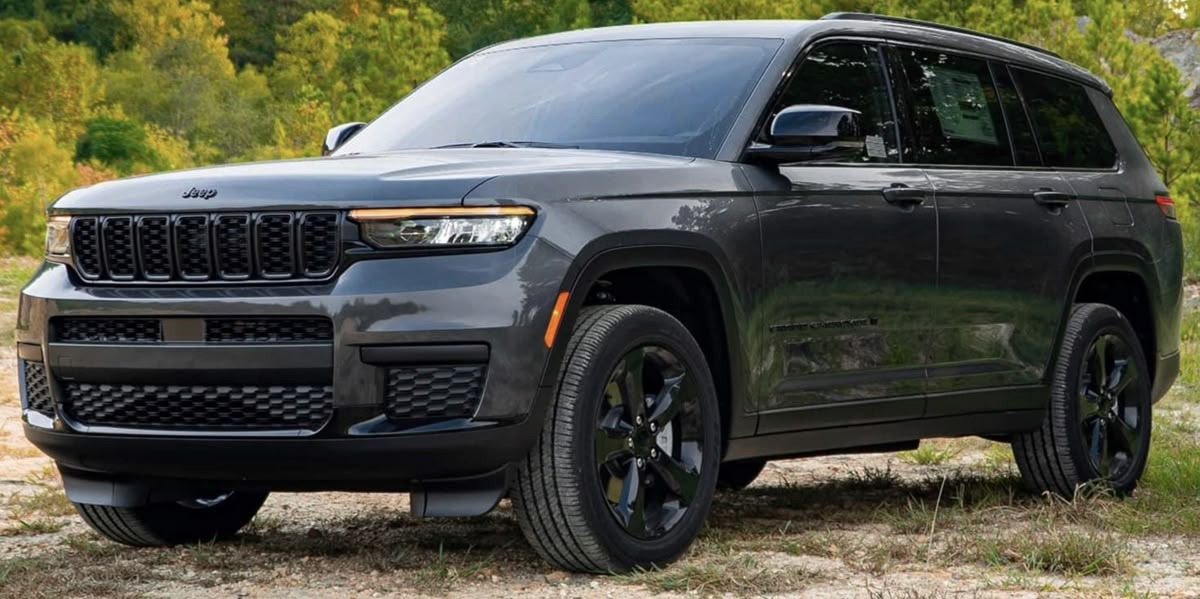
Additionally, the rear bumper and frame sometimes do not adequately absorb the force of impact, transferring dangerous levels of energy to the cabin.
Despite these safety drawbacks, the Grand Cherokee’s sales have remained robust. Many buyers are drawn to its blend of off-road prowess, advanced technology, and spacious interior. Furthermore, the brand loyalty and Jeep’s reputation for ruggedness often overshadow the rear crash safety concerns.
Jeep has taken steps to improve overall safety across its lineup, but the Grand Cherokee’s rear crash performance still lags behind some competitors. For buyers who prioritize safety, especially when transporting family or passengers frequently in the back, this is a critical consideration.
In summary, while the Jeep Grand Cherokee is a standout in many categories, its poor rear crash ratings highlight a significant weakness. Prospective owners should weigh these safety factors carefully and consider additional protective measures such as aftermarket head restraints or seat upgrades.
2. Nissan Rogue
The Nissan Rogue is a top-selling compact SUV, popular for its comfortable ride, fuel efficiency, and affordable pricing. However, its rear crash safety record has been less than stellar, raising concerns given its widespread presence on American roads.
Crash tests conducted by the IIHS have shown that the Rogue performs poorly in rear-impact scenarios, particularly with regards to rear occupant protection.
The rear seats and head restraints often fail to minimize the risk of whiplash injury, with excessive rearward head displacement recorded during impact simulations.
The vehicle’s rear structural design also leaves much to be desired, offering limited energy absorption which compromises occupant safety.
These safety shortcomings are significant given that rear-end collisions account for a large portion of traffic accidents. Despite this, the Nissan Rogue continues to sell well, thanks largely to its competitive pricing, high fuel economy ratings, and appealing styling.
Many consumers are drawn to the Rogue’s advanced driver assistance features and overall value proposition, sometimes overlooking the lower rear crash scores.

Nissan has been working to improve the Rogue’s safety features, but rear crash performance remains a weak spot. Consumers prioritizing comprehensive safety may want to consider other models in the segment that offer stronger occupant protection in all types of crashes.
In conclusion, while the Nissan Rogue is a practical and popular choice for many families, its poor rear crash ratings are an important factor that buyers should keep in mind.
Being aware of these limitations can help consumers make informed decisions or take extra precautions when riding in the rear seats.
3. Ford Explorer
The Ford Explorer has been a staple in the SUV market for decades, appreciated for its spacious interior and strong performance. However, recent safety evaluations have highlighted troubling weaknesses in its rear crash protection.
Both NHTSA and IIHS testing have pointed out that the Explorer’s rear structure does not sufficiently absorb crash energy during rear-end collisions. This leads to increased risk for rear-seat passengers, as the impact force can be transmitted into the cabin.
Additionally, the rear head restraints in many trims fail to provide adequate support, increasing the likelihood of whiplash injuries during sudden rear impacts.
This is concerning, especially considering that the Explorer is often chosen by families who transport children or multiple passengers in the back.
While the front seats are typically well-equipped with safety features, the rear passenger safety is less impressive, which could be a significant drawback for those who prioritize full-vehicle occupant protection.
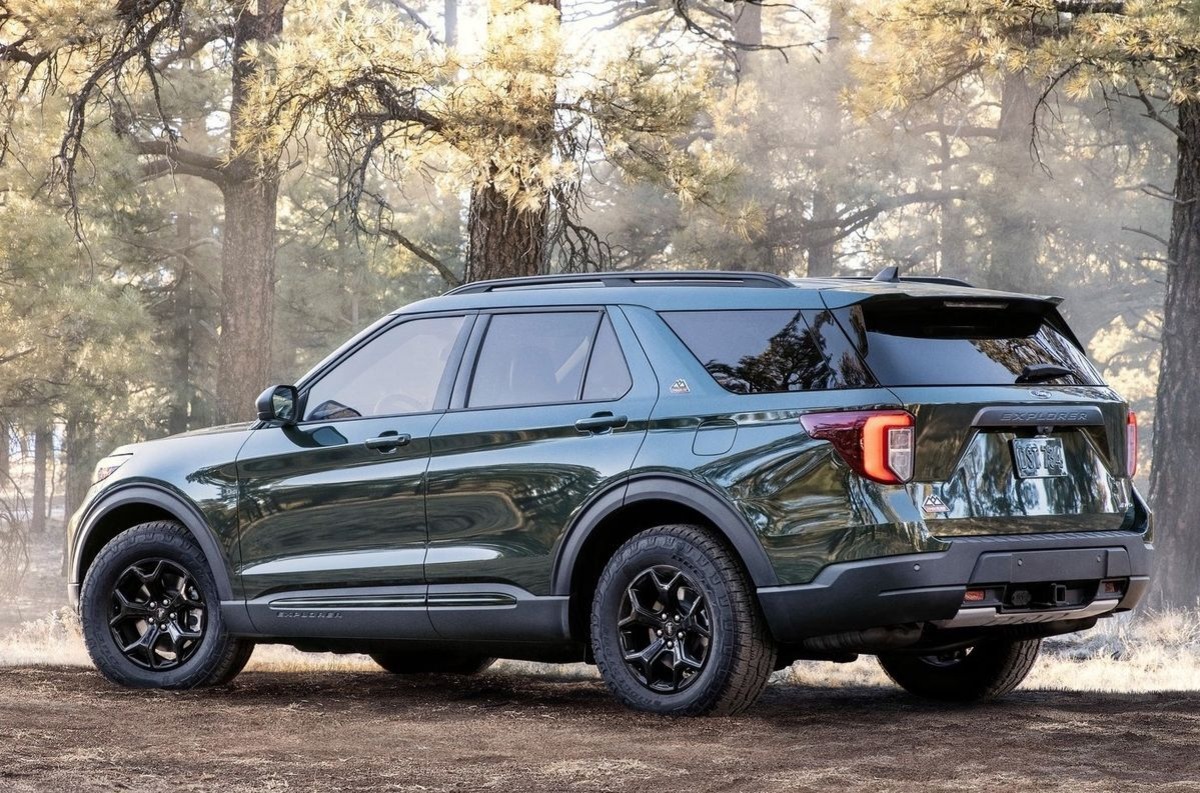
Despite these issues, the Explorer continues to be a best-seller thanks to its strong brand presence, versatile seating options, and modern infotainment features. Ford has addressed various safety concerns in other crash scenarios, but rear crash protection remains a gap.
For buyers considering the Explorer, it’s important to weigh its overall package against the rear crash vulnerabilities. Ensuring proper use of seat belts and considering aftermarket head restraints may help mitigate some risks, but awareness of these safety flaws is crucial.
4. Toyota Camry
The Toyota Camry has long been a dominant player in the midsize sedan market, known for its reliability, comfort, and resale value. However, recent crash testing has revealed disappointing results in the area of rear crash protection, an often-overlooked aspect of vehicle safety.
IIHS tests have shown that the Camry’s rear seats and head restraints provide inadequate protection in rear-impact collisions.
Occupants in the back seat are susceptible to significant head and neck injuries due to insufficient head restraint height and poor energy absorption in the rear structure.
These deficiencies increase the risk of whiplash, a common and potentially debilitating injury in rear-end accidents.
This is particularly troubling given the Camry’s status as a family vehicle and commuter favorite. Rear passengers, including children and adults, may be more vulnerable than expected in the event of a collision from behind.
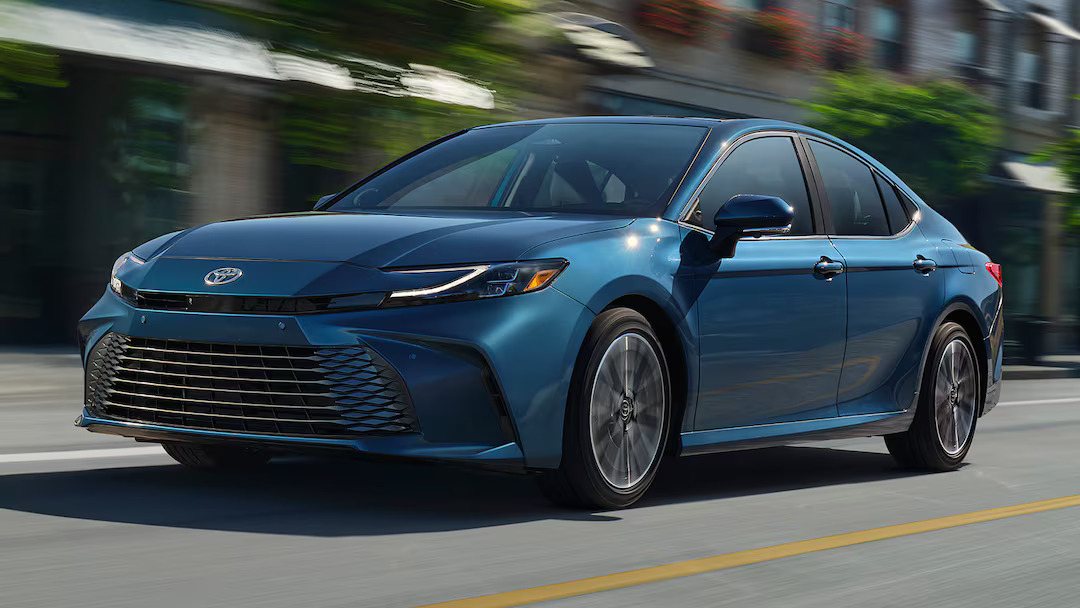
Nonetheless, the Camry’s strong sales figures persist, driven by its reputation for longevity, fuel efficiency, and a smooth driving experience. Many buyers may prioritize these qualities and overlook or be unaware of the vehicle’s rear crash safety shortcomings.
Toyota continues to innovate in vehicle safety, but the Camry’s rear impact performance highlights the need for ongoing improvements, especially in occupant protection for all seating positions.
For consumers, understanding these risks is key to making informed decisions. Choosing higher trims with better head restraints or adding aftermarket solutions may provide additional protection, but awareness remains essential.
5. Hyundai Tucson
The Hyundai Tucson is a popular compact SUV praised for its value, stylish design, and user-friendly technology. However, its rear crash ratings tell a less flattering story, revealing vulnerabilities that often go unnoticed by everyday buyers.
The Tucson’s rear crash protection has consistently earned poor marks in IIHS and NHTSA evaluations. In particular, the rear seat occupants are at a higher risk for injury during rear-end collisions due to inadequate head restraint designs and suboptimal rear structural reinforcement.
The head restraints often fail to minimize whiplash, allowing for excessive rearward head movement during impact.
Structurally, the rear impact zones absorb less crash energy than ideal, which increases the forces transmitted to passengers. This can result in more severe injuries for rear-seat occupants compared to vehicles with better rear crash safety engineering.
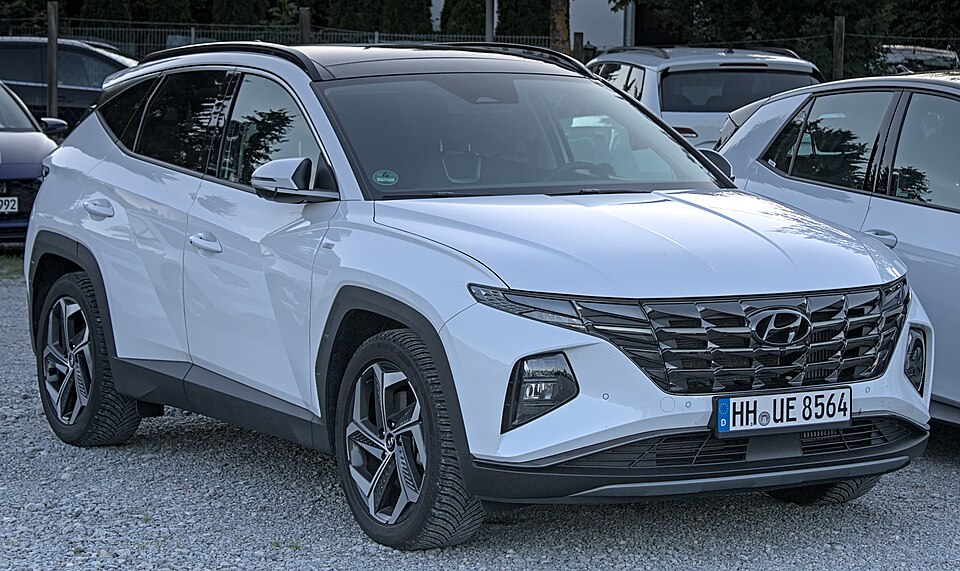
Despite these shortcomings, the Tucson continues to enjoy strong sales driven by its competitive price point, fuel efficiency, and appealing warranty. Many consumers focus on these attributes or may simply be unaware of the vehicle’s rear crash performance.
Safety-conscious buyers should note that while the Tucson offers advanced forward-collision and driver assistance features, the rear crash safety is an area that needs improvement.
When transporting children or passengers in the back, it is crucial to ensure proper seatbelt use and consider aftermarket headrest upgrades if possible.
In summary, the Hyundai Tucson’s blend of affordability and features attracts many buyers, but its rear crash safety ratings highlight an important consideration often overlooked during the purchasing process.
6. Chevrolet Equinox
The Chevrolet Equinox has become a mainstream choice in the compact SUV segment, favored for its spacious cabin and smooth ride. However, it has drawn criticism for its subpar rear crash protection.
IIHS crash tests have consistently rated the Equinox poorly in rear-impact scenarios, noting that the rear head restraints are insufficiently supportive. Occupants’ heads can move excessively during a collision, increasing the risk of neck injuries such as whiplash.
Additionally, the rear structural design does not adequately absorb crash forces, allowing more impact energy to reach the passenger compartment.
These safety concerns are particularly relevant as the Equinox often serves as a family vehicle, with passengers frequently seated in the rear. While the front seats and driver assistance systems offer good protection, the back row is vulnerable in rear-end collisions.

Despite this, the Equinox remains a top seller due to its affordability, comfort, and a wide range of trims and technology options. The popularity of the vehicle sometimes masks the importance of considering rear crash safety ratings during purchase decisions.
Chevrolet has improved many aspects of the Equinox over recent years, but rear crash protection still lags behind competitors. For buyers prioritizing passenger safety, this is a critical factor to consider.
Overall, the Chevrolet Equinox offers many advantages but falls short in protecting rear-seat passengers during rear-end collisions. Awareness of this limitation can guide consumers toward safer choices or prompt the use of supplementary safety measures.
7. Honda CR-V
The Honda CR-V is a leader in the compact SUV market, celebrated for its reliability, fuel efficiency, and spacious interior. Yet, despite these strengths and its high sales volume, the CR-V has faced criticism for poor rear crash protection in several model years.
Crash testing agencies like IIHS have highlighted the CR-V’s rear crash performance as below average. Specifically, the rear seat head restraints often do not provide adequate support during rear-end impacts, leaving occupants vulnerable to whiplash injuries.
The structural design at the back also falls short in absorbing collision energy effectively, transmitting more force into the cabin than desired.
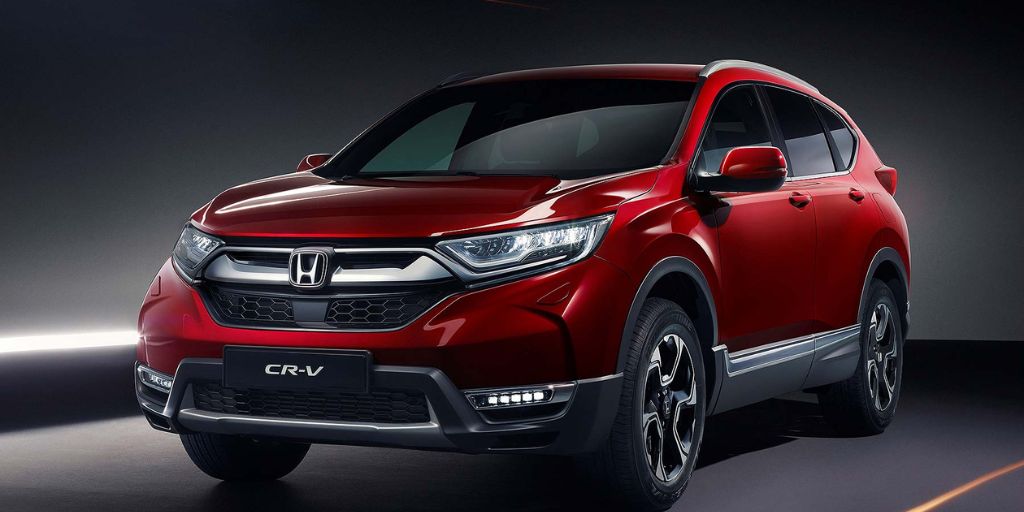
These shortcomings are particularly concerning given that the CR-V frequently carries families with young children who occupy the rear seats. While front-seat safety features and crash ratings are usually strong, the rear protection gap remains a notable safety concern.
Despite these issues, the CR-V’s practical design, high resale value, and comprehensive suite of driver assistance technologies have kept it among the best-selling vehicles. Many buyers may prioritize these attributes, sometimes overlooking or being unaware of the rear crash weaknesses.
For safety-conscious consumers, understanding these limitations is crucial. Using proper seatbelt techniques, choosing trims with enhanced head restraint designs, or considering aftermarket options could help reduce injury risk.
However, it remains important to recognize that the CR-V does not perform as well as some competitors in rear crash scenarios.
In conclusion, the Honda CR-V offers many desirable qualities but has room for improvement in protecting rear-seat occupants in rear-end collisions.
8. Volkswagen Tiguan
The Volkswagen Tiguan is a compact SUV that appeals to buyers seeking European styling, a comfortable ride, and versatile interior space. Nonetheless, it has received low marks for rear crash safety, a fact often overshadowed by its attractive features and brand cachet.
IIHS and NHTSA rear crash tests have exposed weaknesses in the Tiguan’s occupant protection during rear-end collisions.
The head restraints in the rear seats are frequently found to be inadequate in preventing whiplash injuries, with excessive head movement recorded in crash simulations.
Additionally, the rear structure does not absorb impact energy efficiently, leading to higher force transmission into the passenger compartment.
These safety concerns are particularly notable as the Tiguan is often used by families, with rear passengers including children and adults at risk. The front seating positions tend to fare better in crash tests, but rear occupants remain more vulnerable.
Despite these issues, the Tiguan enjoys steady sales due to its balance of style, interior quality, and a comfortable driving experience. Consumers often prioritize these factors, which can lead to rear crash safety being overlooked during the buying process.
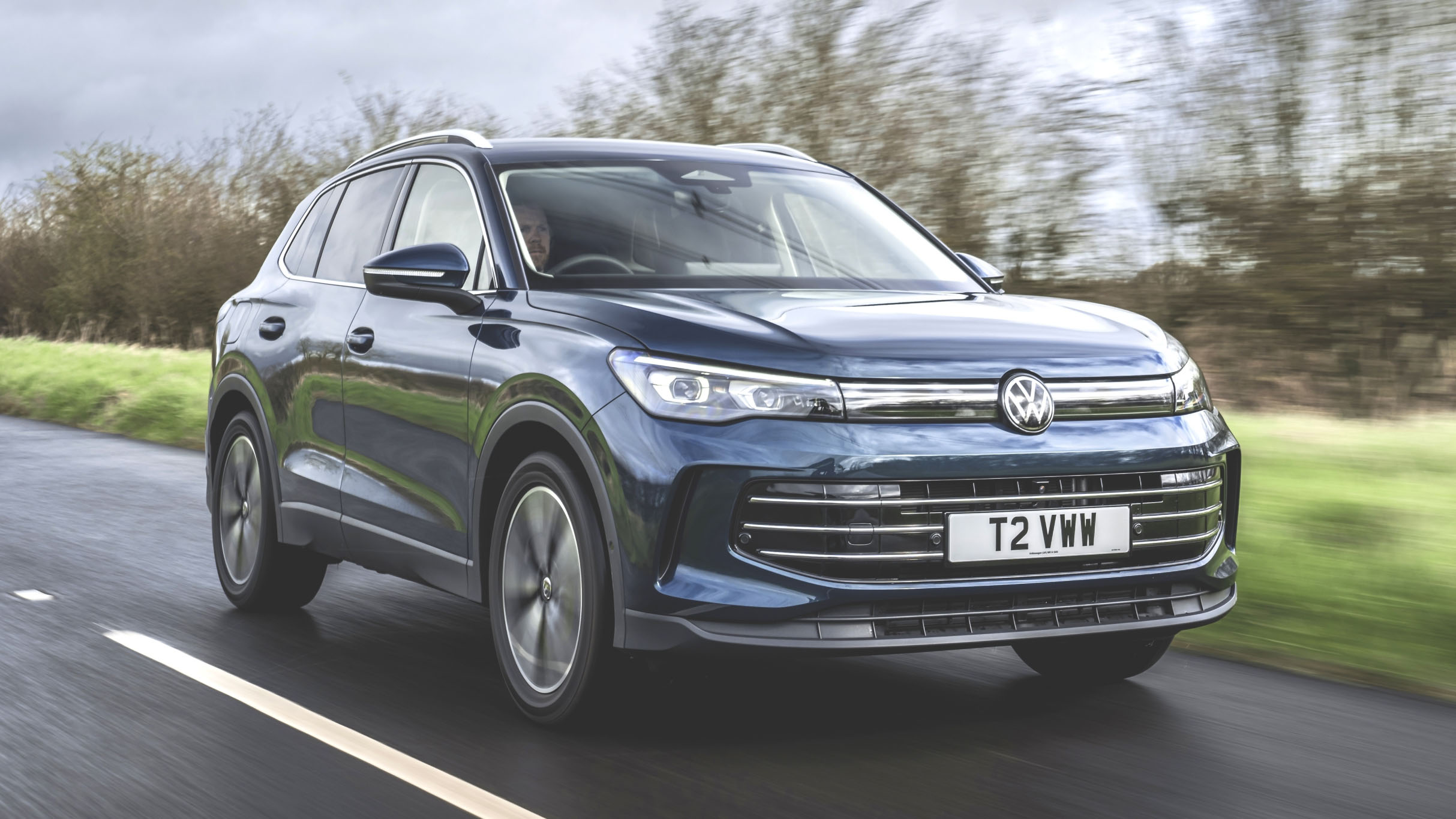
Volkswagen has made strides in improving overall vehicle safety, but the Tiguan’s rear crash ratings remain an area for improvement. Buyers should carefully evaluate their needs and consider the safety trade-offs before choosing this model.
In summary, the Volkswagen Tiguan delivers many appealing qualities but falls short in rear occupant protection during rear-end crashes. Awareness of this fact is key to making an informed purchasing decision.
9. Subaru Forester
The Subaru Forester has built a reputation as a reliable, all-wheel-drive compact SUV with strong safety features, especially in front and side crash tests. Yet, when it comes to rear crash protection, the Forester reveals significant weaknesses that many buyers might not anticipate.
IIHS and NHTSA testing indicate that the Forester’s rear occupant protection is less than ideal. The rear head restraints, while adjustable, often fail to prevent excessive rearward head movement during a rear-end collision.
This shortcoming increases the risk of whiplash injuries for back-seat passengers. Additionally, the rear structural components absorb crash forces less effectively than competitors, which results in more impact energy being transferred into the passenger cabin.
Given the Forester’s popularity with families and outdoor enthusiasts who frequently travel with multiple passengers, this safety limitation is noteworthy. While Subaru consistently emphasizes safety innovation, the rear crash safety gap remains a concern.
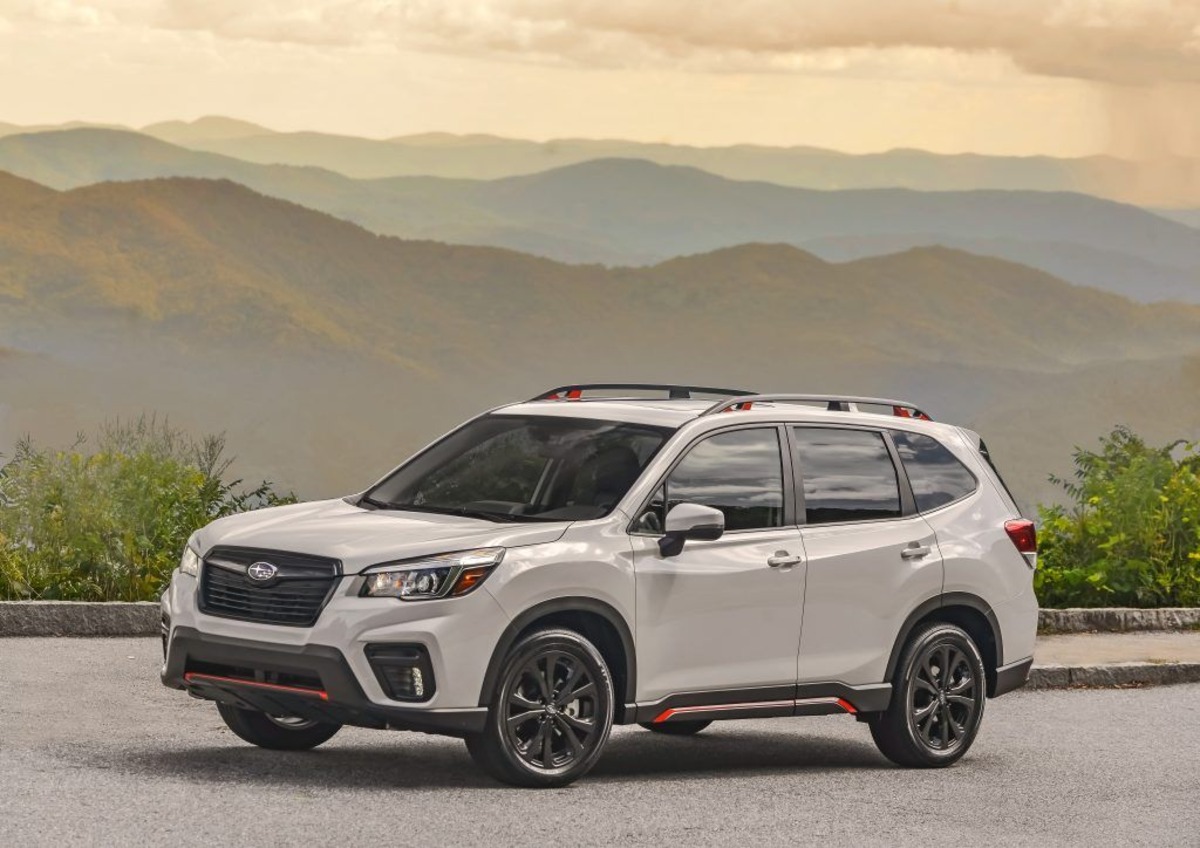
Despite the rear crash issues, the Forester’s overall high safety ratings, comfortable ride, and excellent all-wheel-drive system contribute to its strong sales performance. Buyers who prioritize comprehensive safety, however, should carefully consider the rear crash data.
To mitigate risks, using proper seat belt positioning and opting for trims with improved head restraint designs can help. Still, it’s crucial for Forester owners to be aware of these rear crash vulnerabilities when transporting passengers.
10. Kia Sportage
The Kia Sportage is a popular compact crossover known for its attractive styling, generous warranty, and good value. Yet, like several vehicles on this list, it has received disappointing rear crash ratings from safety organizations.
Testing reveals that the Sportage’s rear head restraints often do not adequately protect occupants from whiplash, allowing excessive movement during rear-end impacts. The structural integrity in the rear also falls short, with the rear impact zones absorbing less energy than necessary, increasing the force transferred to passengers.
These safety flaws are concerning, especially since the Sportage is commonly used by families and commuters who carry rear-seat passengers regularly. While the Sportage has many positive attributes, rear crash protection remains a weak point in an otherwise well-rounded package.
Kia’s efforts to improve overall vehicle safety are commendable, but rear crash ratings highlight a clear area for improvement. Buyers should be aware of these risks and take appropriate precautions, such as ensuring head restraints are adjusted properly and seat belts are worn correctly.
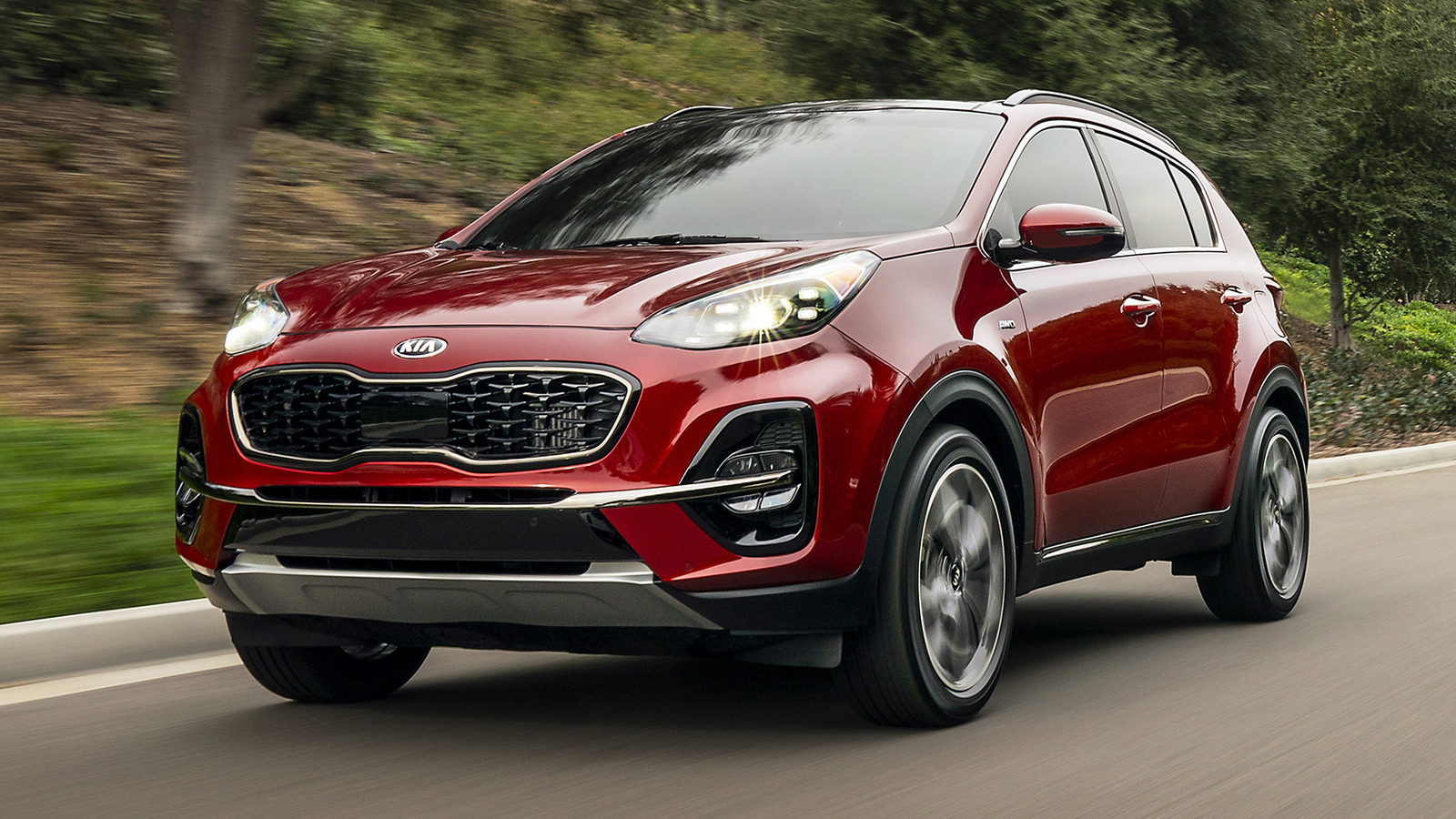
Despite the safety concerns, the Sportage’s affordability, features, and style keep it competitive in the compact SUV market. Consumers need to balance these benefits with the safety drawbacks when making their vehicle choice.
This exploration of ten vehicles with high sales but poor rear crash ratings reveals a critical disconnect in the automotive market.
While sales numbers often reflect consumer preferences for style, price, and features, they don’t always align with comprehensive safety performance, particularly in rear-impact scenarios.
Rear crash collisions remain some of the most frequent and potentially severe accidents on the road. Poor protection in these events can lead to serious injuries, especially whiplash, which can have long-lasting consequences for passengers.
The vehicles discussed—ranging from popular SUVs like the Jeep Grand Cherokee and Ford Explorer to beloved sedans such as the Toyota Camry—demonstrate that even best-selling models may have significant safety vulnerabilities.
Why do these vehicles continue to sell despite known rear crash shortcomings? The answer lies in multiple factors. Buyers often prioritize other attributes such as price, fuel efficiency, brand loyalty, or advanced driver assistance technologies.
Marketing and dealer incentives can also sway purchasing decisions, sometimes overshadowing detailed safety data. Additionally, rear crash ratings are less prominently featured in advertising and consumer research, making them less visible to everyday buyers.
However, awareness is the first step toward safer choices. Understanding that a vehicle’s safety is multi-faceted—covering front, side, and rear crash protection—helps consumers make more informed decisions.
Those regularly transporting children or rear-seat passengers should especially consider rear crash performance, as these occupants are most vulnerable in rear-end collisions.
Manufacturers also bear responsibility. Prioritizing comprehensive crash protection, including robust rear structural design and effective head restraints, should be integral to vehicle development.
Improved rear crash safety not only saves lives and reduces injury but can also build stronger brand reputations and customer loyalty.
For consumers, practical steps include researching crash test ratings beyond just frontal and side impacts, inspecting head restraints for proper height and support, and ensuring correct seat belt usage. Where possible, opting for vehicles with higher rear crash scores or enhanced safety features is advisable.
In conclusion, the high sales of vehicles with poor rear crash ratings underscore a vital need for increased consumer education and manufacturer commitment.
By balancing popularity with safety awareness, buyers can protect themselves and their passengers more effectively, while encouraging the industry to innovate toward safer vehicles for everyone on the road.
Also Read: 10 Cars With Rearview Mirrors That Are Too Small by Today’s Standards

